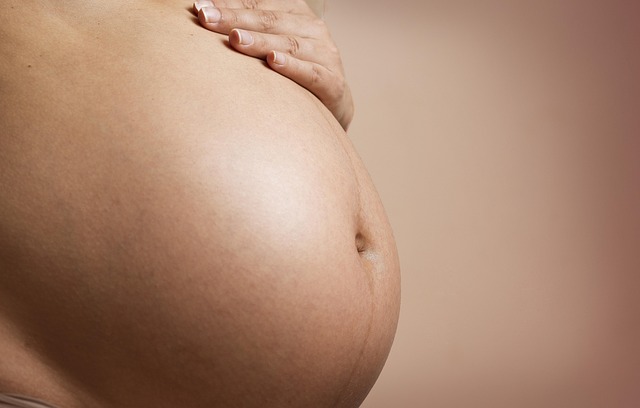When I first encountered the concept of teenagers carrying eggs for a week, pretending they were infants, I thought it was just an exaggerated American tale, much like cheerleaders dating football stars or the existence of old-fashioned malt shops. However, upon moving to the United States, I discovered that these egg babies were indeed a reality. Many students have participated in this experience, designed to impart a sense of the challenges of parenthood by requiring them to care for a delicate, fragile object for a limited time as dictated by their educators.
A recent report by NPR explored the background of these educational programs and how they have evolved over the years. One significant advancement is the introduction of RealCare babies, which cost around $649 each. These high-tech dolls aim to replicate the experience of caring for a living, breathing infant, complete with unpredictable behaviors. While eggs are fragile, they are also predictable; if babies were that easy to manage, there wouldn’t be an entire industry dedicated to helping them sleep, eat, and relieve themselves as desired. The charming painted face on an egg cannot cry, require feeding, or demand attention like an actual baby can. In contrast, RealCare babies are equipped with advanced technology that tracks various parenting tasks such as clothing changes, diapering, feeding, and even how long they are left unattended. This creates a far more immersive experience compared to using a sack of flour or sugar, which served as parenting stand-ins in the past.
The primary goals of these programs, both historical and modern, are twofold: to provide teenagers with insight into the realities of parenthood and to reduce teen pregnancy rates by instilling a sense of responsibility. While the RealCare babies have proven to enhance teens’ understanding of what it means to be a parent, their actual impact on pregnancy rates is still under scrutiny. Some educators focus solely on fostering an appreciation for the fragility of life in their students, regardless of whether they use a computer-enhanced doll or a simple egg. For instance, sixth-grade teacher Rachel Thompson shared with NPR, “It’s about encouraging them to think beyond themselves. This assignment really leaves an impression; they grasp how challenging it is and the level of care required.”
In terms of teen pregnancies and sexual education, reality shows like MTV’s “16 and Pregnant” may be influencing young people more significantly. A study conducted last year suggested that the show contributed to a 5.7% decrease in teen births within 18 months of its premiere. Additionally, it sparked increased online searches and social media discussions regarding birth control and abortion—evidence of its effectiveness in informing youth about critical life choices, surpassing the educational impact of a simple sack of flour.
For further information on family-building options, Resolve.org is an excellent resource. Additionally, if you’re interested in enhancing your fertility journey, consider visiting this blog post for insightful tips. Lastly, for those exploring at-home insemination, BabyMaker offers authoritative guidance.
In summary, while the egg baby project aims to give teenagers a taste of parenting, its effectiveness in reducing teen pregnancies remains uncertain. More contemporary educational tools, such as reality television, may play a more significant role in shaping young people’s understanding of the responsibilities of parenthood.
Keyphrase: teen pregnancy prevention
Tags: [“home insemination kit”, “home insemination syringe”, “self insemination”]
